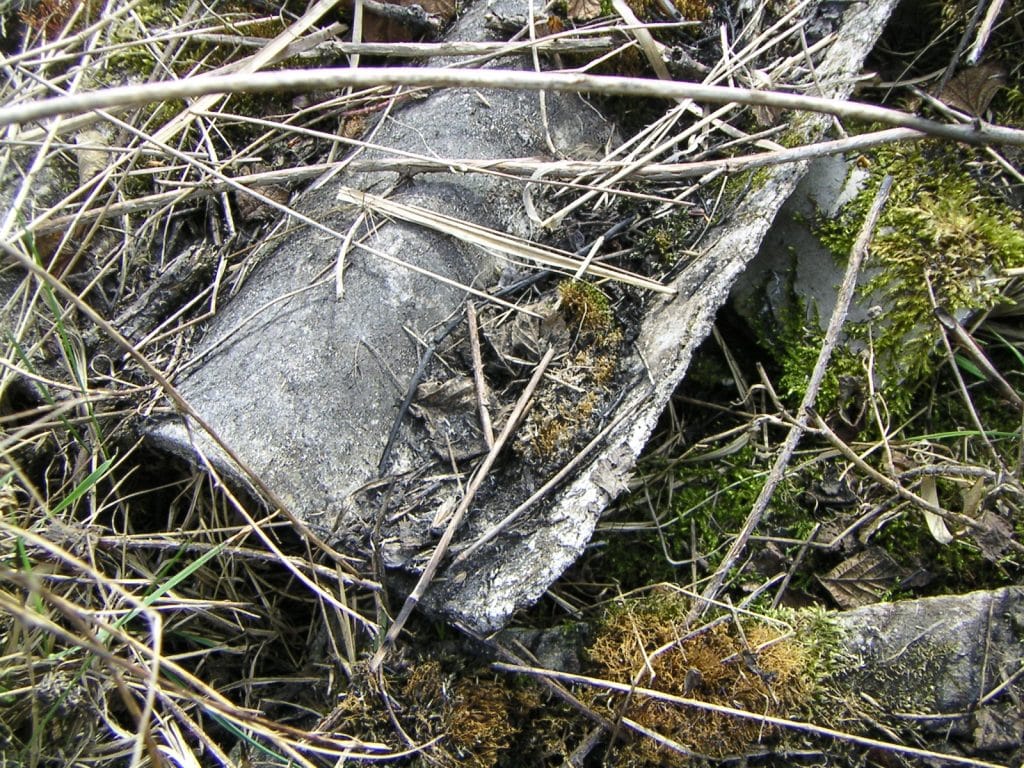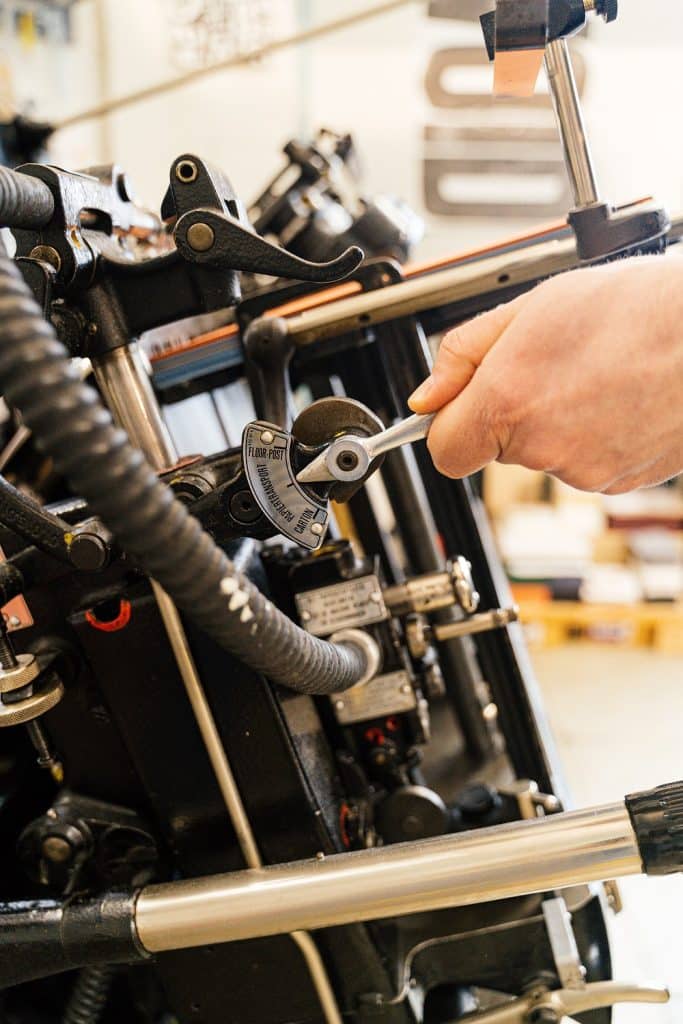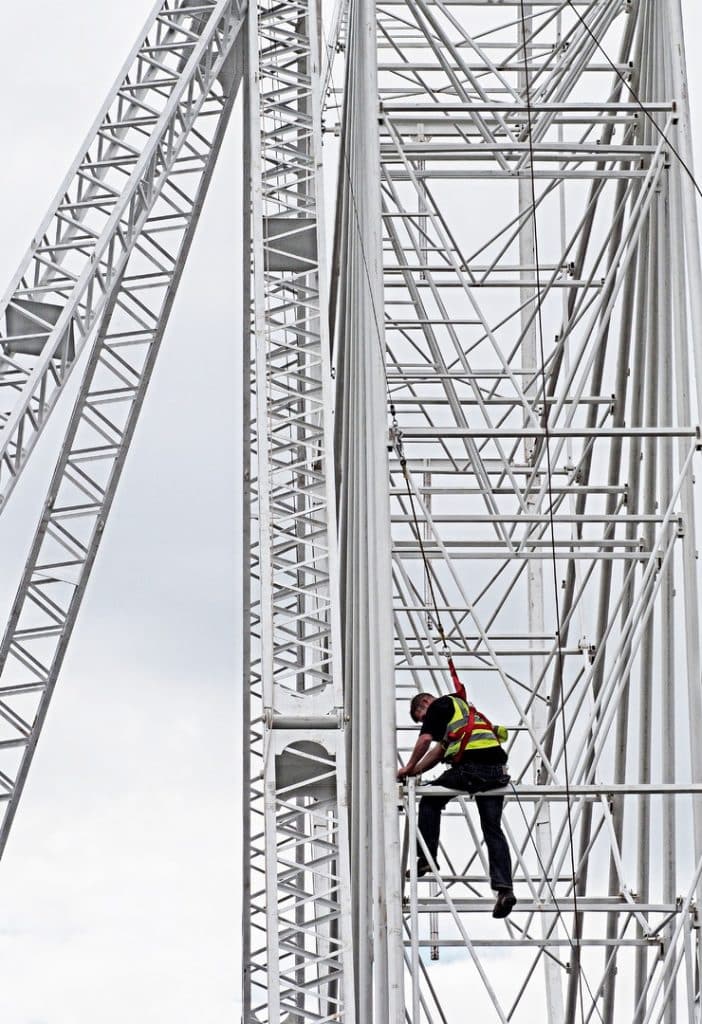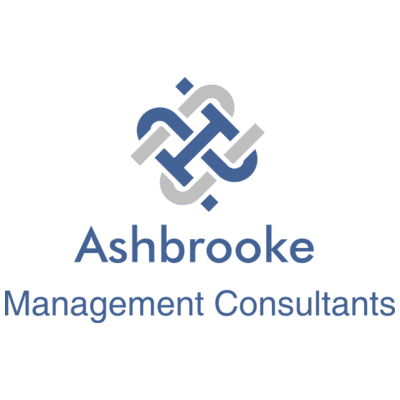A northeast steel company has been fined for safety breaches after inspectors visited a site in Bishop Auckland, County Durham.
Acting on concerns raised, the Health and Safety Executive (HSE) visited the steel supplies site in 2019, finding wholly inadequate management of health and safety. It also came to light that; two workers had been injured on separate occasions whilst operating machinery at the premises. In June 2019, an employee was struck and injured by a work piece and suffered an injury to his right hand. In July 2019, an agency worker suffered a finger amputation whilst manually removing a piece of metal near the unguarded blade of another machine.
An investigation by HSE found the company had failed to prevent access to the dangerous moving parts on both machines. These machines were metal rebar forming machines and had been used at the site for a number of years. In addition to the guarding faults, the HSE also found the emergency stop and safety devices wired out on one of the machines.
Furthermore, the machinery risk assessments were substandard, and staff were trained to operate the machines in an unsafe manner. The company also had a forklift truck in daily use, despite it having defective brakes.
Midland Steel Reinforcement Supplies (UK) Limited, of Motherwell pleaded guilty to breaching Sections 2(1) of the Health & Safety at Work etc Act 1974, Regulations 5(1) and 11(1) of the Provision and Use of Work Equipment Regulations 1998 and Regulation 9(3) of the Lifting Operations and Lifting Equipment Regulations 1998. At Durham Crown Court, the company was fined £450,000 and ordered to pay £41,23.51 costs.
“Companies have a duty of care to those they employee and HSE will not hesitate to take appropriate enforcement action.”
HSE inspector Clare Maltby
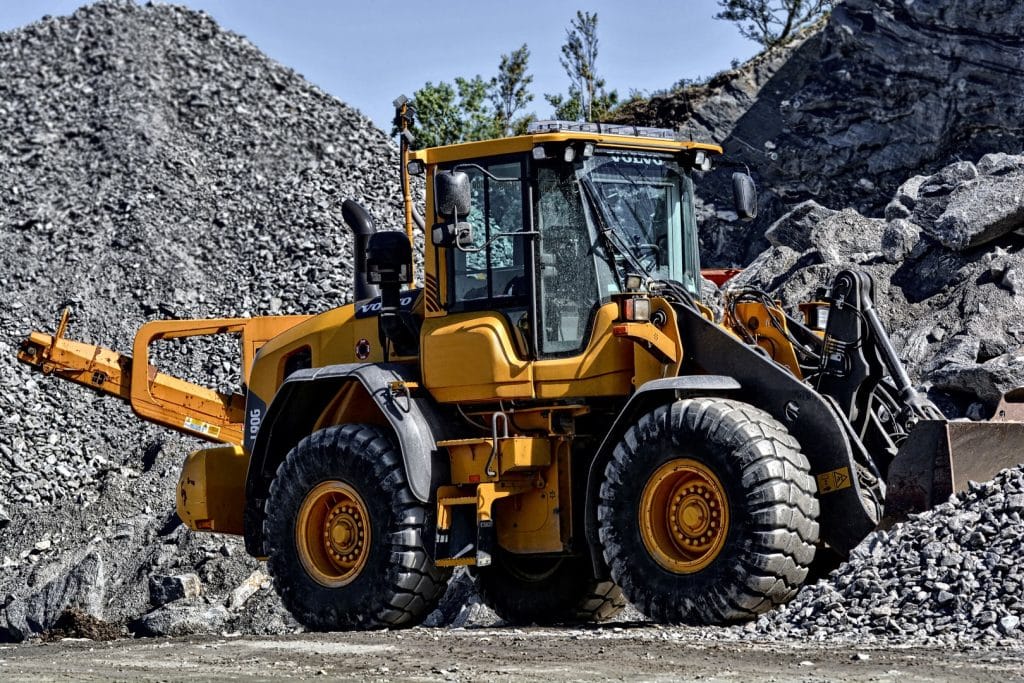
Work Equipment
The Provision and Use of Work Equipment Regulations 1998, often abbreviated to PUWER, place duties on people and companies who own, operate or have control over work equipment. PUWER also places responsibilities on businesses and organisations whose employees use work equipment, whether owned by them or not. PUWER requires that equipment provided for use at work is:
- suitable for the intended use
- safe for use, maintained in a safe condition and inspected to ensure it is correctly installed and does not subsequently deteriorate
- used only by people who have received adequate information, instruction and training
- accompanied by suitable health and safety measures, such as protective devices and controls. These will normally include guarding, emergency stop devices, adequate means of isolation from sources of energy, clearly visible markings and warning devices
- used in accordance with specific requirements, for mobile work equipment and power presses
Some work equipment is subject to other health and safety legislation in addition to PUWER. For example, lifting equipment must also meet the requirements of LOLER, pressure equipment must meet the Pressure Systems Safety Regulations and personal protective equipment must meet the PPE Regulations.
If your business or organisation uses work equipment or is involved in providing work equipment for others to use (e.g. for hire), you must manage the risks from that equipment. This means you must:
- ensure the equipment is constructed or adapted to be suitable for the purpose it is used or provided for
- take account of the working conditions and health and safety risks in the workplace when selecting work equipment
- ensure work equipment is only used for suitable purposes
- ensure work equipment is maintained in an efficient state, in efficient working order and in good repair
- where a machine has a maintenance log, keep this up to date
- where the safety of work equipment depends on the manner of installation, it must be inspected after installation and before being put into use
- where work equipment is exposed to deteriorating conditions liable to result in dangerous situations, it must be inspected to ensure faults are detected in good time so the risk to health and safety is managed
- ensure that all people using, supervising or managing the use of work equipment are provided with adequate, clear health and safety information. This will include, where necessary, written instructions on its use and suitable equipment markings and warnings
- ensure that all people who use, supervise or manage the use of work equipment have received adequate training, which should include the correct use of the equipment, the risks that may arise from its use and the precautions to take
- where the use of work equipment is likely to involve a specific risk to health and safety (eg woodworking machinery), ensure that the use of the equipment is restricted to those people trained and appointed to use it
- take effective measures to prevent access to dangerous parts of machinery. This will normally be by fixed guarding but where routine access is needed, interlocked guards (sometimes with guard locking) may be needed to stop the movement of dangerous parts before a person can reach the danger zone. Where this is not possible, such as with the blade of a circular saw, it must be protected as far as possible and a safe system of work used. These protective measures should follow the hierarchy laid down in PUWER regulation 11(2) and the PUWER Approved Code of Practice and guidance or, for woodworking machinery, the Safe use of woodworking machinery: Approved Code of Practice and guidance
- take measures to prevent or control the risks to people from parts and substances falling or being ejected from work equipment, or the rupture or disintegration of work equipment
- ensure that the risks from very hot or cold temperatures from the work equipment or the material being processed or used are managed to prevent injury
- ensure that work equipment is provided with appropriately identified controls for starting, stopping and controlling it, and that these control systems are safe
- where appropriate, provide suitable means of isolating work equipment from all power sources (including electric, hydraulic, pneumatic and gravitational energy)
- ensure work equipment is stabilised by clamping or otherwise to avoid injury
- take appropriate measures to ensure maintenance operations on work equipment can be carried out safely while the equipment is shut down, without exposing people undertaking maintenance operations to risks to their health and safety
When providing new work equipment for use at work, you must ensure it conforms with the essential requirements of any relevant product supply law (for new machinery this means the Supply of Machinery (Safety) Regulations). You must check it:
- has appropriate conformity marking and is labelled with the manufacturer’s details
- comes with a Declaration of Conformity
- is provided with instructions in English
- is free from obvious defects – and that it remains so during its working life
Risk Assessments
Employers are required by law to protect your employees, and others, from harm. Under the Management of Health and Safety at Work Regulations 1999, the minimum an employer must do is:
- identify what could cause injury or illness in your business (hazards)
- decide how likely it is that someone could be harmed and how seriously (the risk)
- take action to eliminate the hazard, or if this isn’t possible, control the risk
Assessing risk is just one part of the overall process used to control risks in the workplace. For most small, low-risk businesses the steps that employers need to take are straightforward. Risk management is a step-by-step process for controlling health and safety risks caused by hazards in the workplace. An employer can undertake the risk assessment themselves or appoint a competent person to help. The five steps of a risk assessment are:
- Identify hazards
- Assess the risks
- Control the risks
- Record your findings
- Review the controls
Identify Hazards
Look around your workplace and think about what may cause harm (these are called hazards). Think about:
- how people work and how plant and equipment are used
- what chemicals and substances are used
- what safe or unsafe work practices exist
- the general state of your premises
Look back at previous accident and ill health records as these can help you identify less obvious hazards. Take account of non-routine operations, such as maintenance, cleaning or changes in production cycles. Think about hazards to health, such as manual handling, use of chemicals and causes of work-related stress. For each hazard, think about how employees, contractors, visitors or members of the public might be harmed.
Some workers have particular requirements, for example young workers, migrant workers, new or expectant mothers and people with disabilities. Ensure that you involve your employees as they will usually have good ideas.
Assess the risks
Once you have identified the hazards, decide how likely it is that someone could be harmed and how serious it could be – this is assessing the level of risk. In assessing the level of risk, decide:
- Who might be harmed and how
- What you’re already doing to control the risks
- What further action you need to take to control the risks
- Who needs to carry out the action
- When the action is needed by
Control the risks
Look at what you are already doing, and the controls you already have in place to ensure the safety of workers and others. Consider:
- Can I get rid of the hazard altogether?
- If not, how can I control the risks so that harm is unlikely?
If you need further controls, consider:
- redesigning the job
- replacing the materials, machinery or process
- organising your work to reduce exposure to the materials, machinery or process
- identifying and implementing practical measures needed to work safely
- providing personal protective equipment and making sure workers wear it
Put the controls you have identified in place. It is important to remember that you are not expected to eliminate all risks but you need to do everything ‘reasonably practicable’ to protect people from harm. This means balancing the level of risk against the measures needed to control the real risk in terms of money, time or trouble.
Record your findings
If you employ 5 or more people, you must record your significant findings, including:
- the hazards (things that may cause harm)
- who might be harmed and how
- what you are doing to control the risks
The HSE has a number of example risk assessments on its website as a guide for employers. Employers should not rely purely on paperwork, as the main priority should be to control the risks in practice.
Review the controls
You must review the controls you have put in place to make sure they are working. You should also review them if:
- they may no longer be effective
- there are changes in the workplace that could lead to new risks such as changes to:
- staff
- a process
- the substances or equipment used
Also consider a review if your workers have spotted any problems or there have been any accidents or near misses. You should then update your risk assessment record with any changes you make.
If you require advice on health and safety in your workplace, please contact one of the Ashbrooke team.

